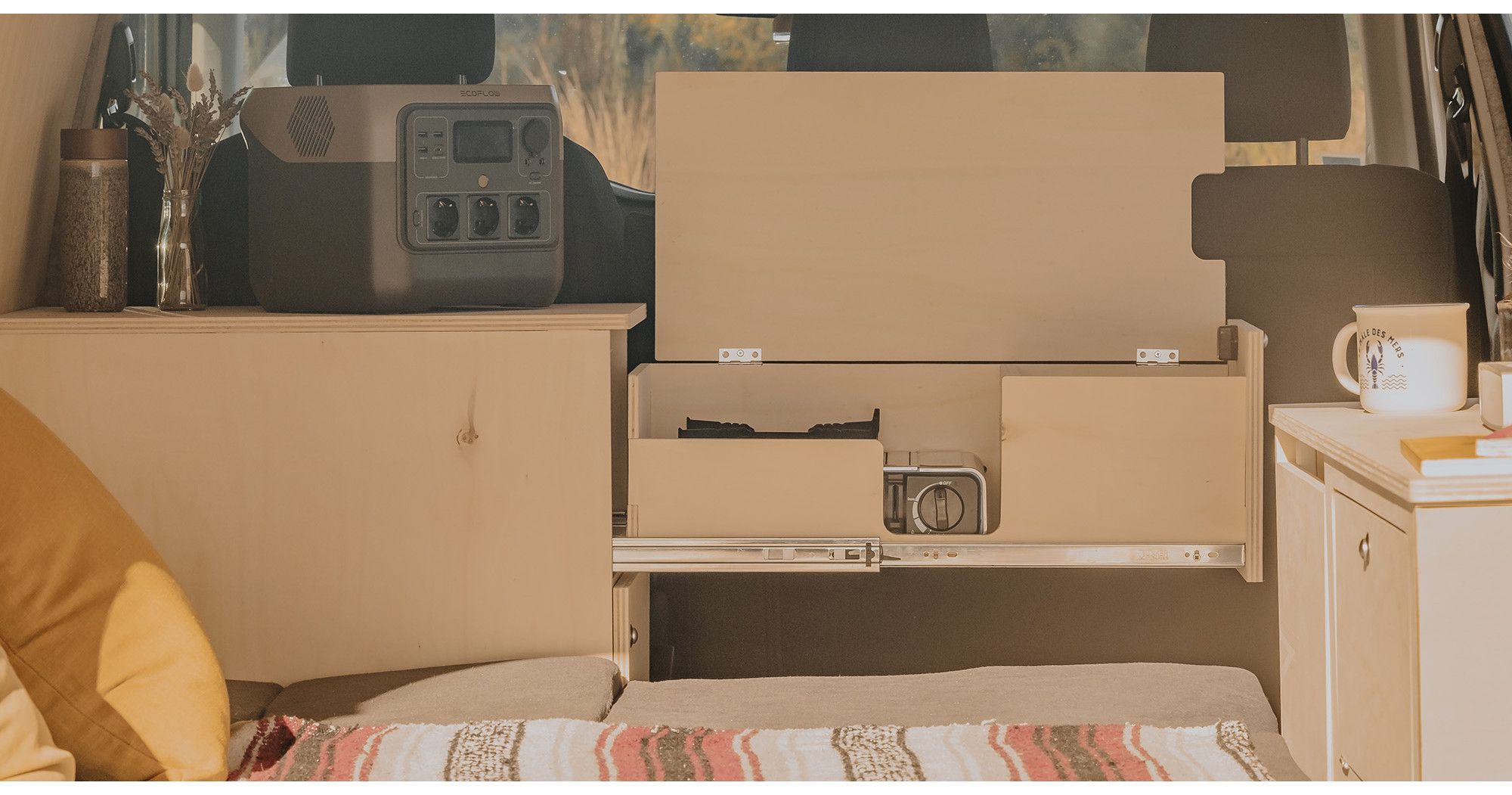How to Wire Your Camper Conversion: The Simple, No-Fuss Approach
Your van should be a place of freedom, not frustration.
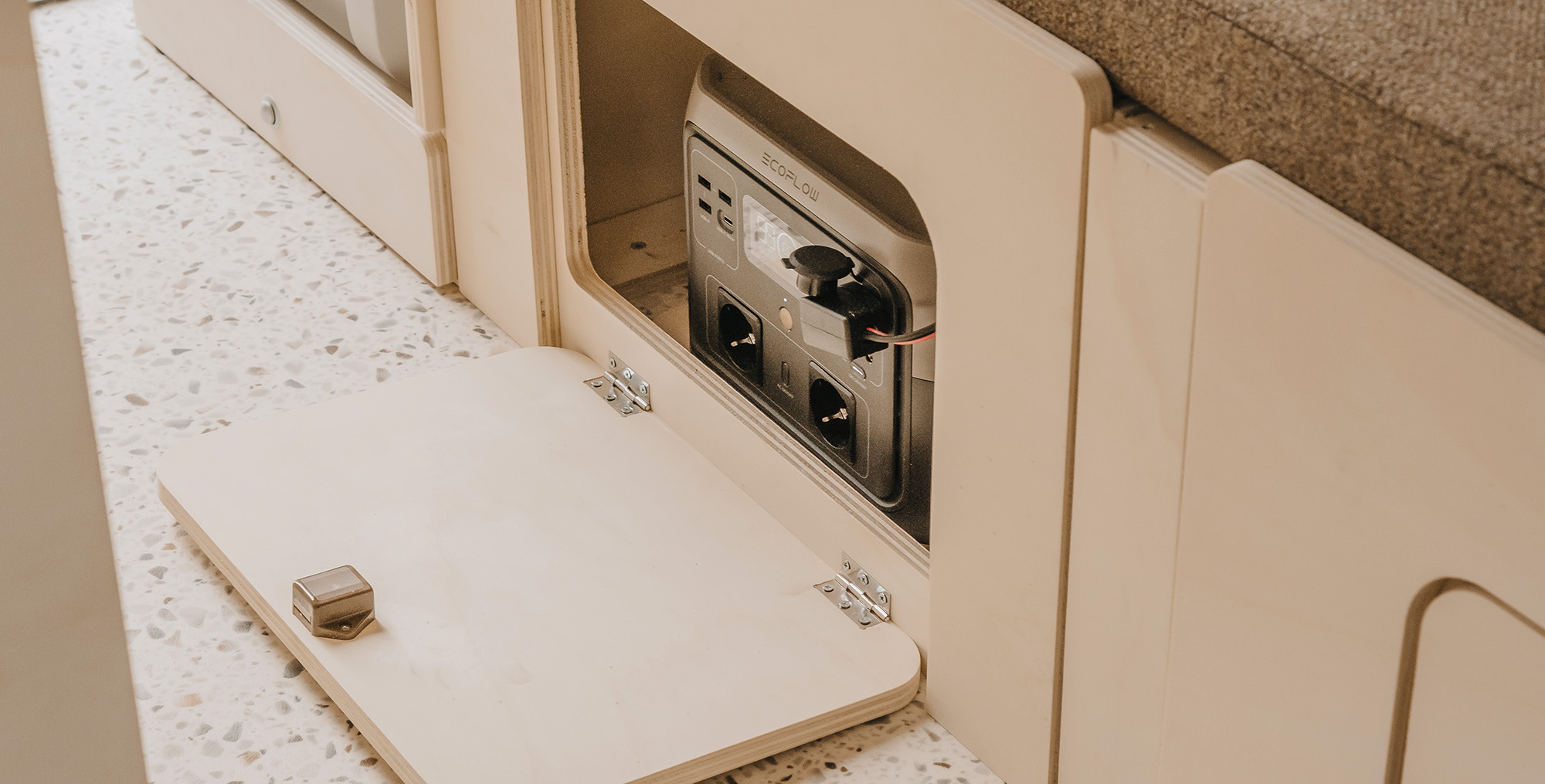
Step 1: Choose Your Power Station
The heart of your system is the power station. These clever boxes combine battery, inverter, and charge controller all in one, meaning no messy wiring jobs or scary electrical setups.
At Simple Vans, we always reach for EcoFlow power stations. They pack everything you need—battery management, pure sine wave AC, multiple charging options, and built-in safety protections—into a sleek, reliable unit. For weekends away, 500–1000Wh is plenty. If you’re on the road for longer, aim for 1500–2000Wh. Tuck it somewhere secure, ventilated, and easy to reach, and you’re good to go.
Other names you’ll see out there are Bluetti, Goal Zero, and Jackery, but EcoFlow is our go-to for performance and ease of use.
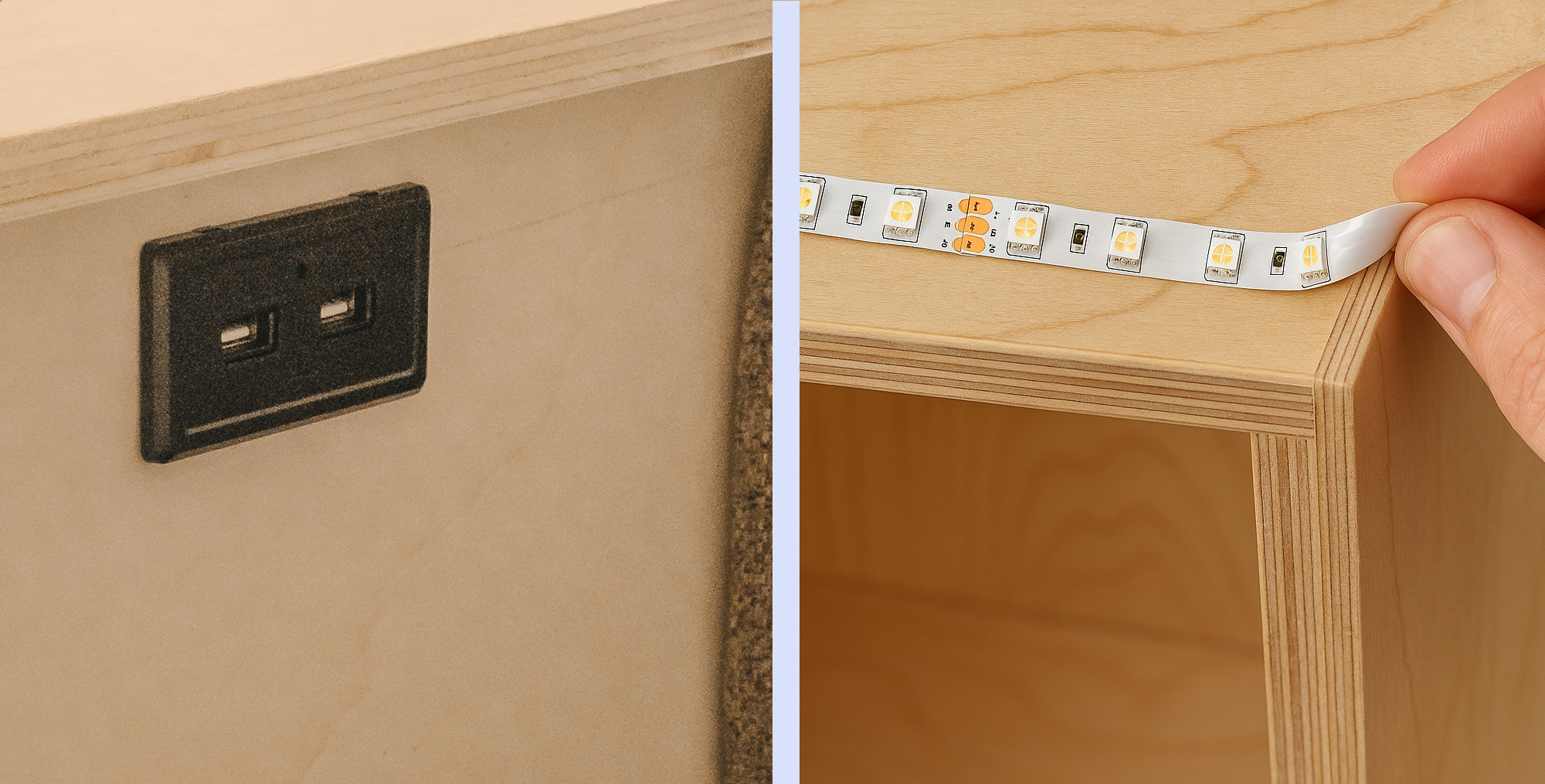
Step 2: Keep Lighting Simple
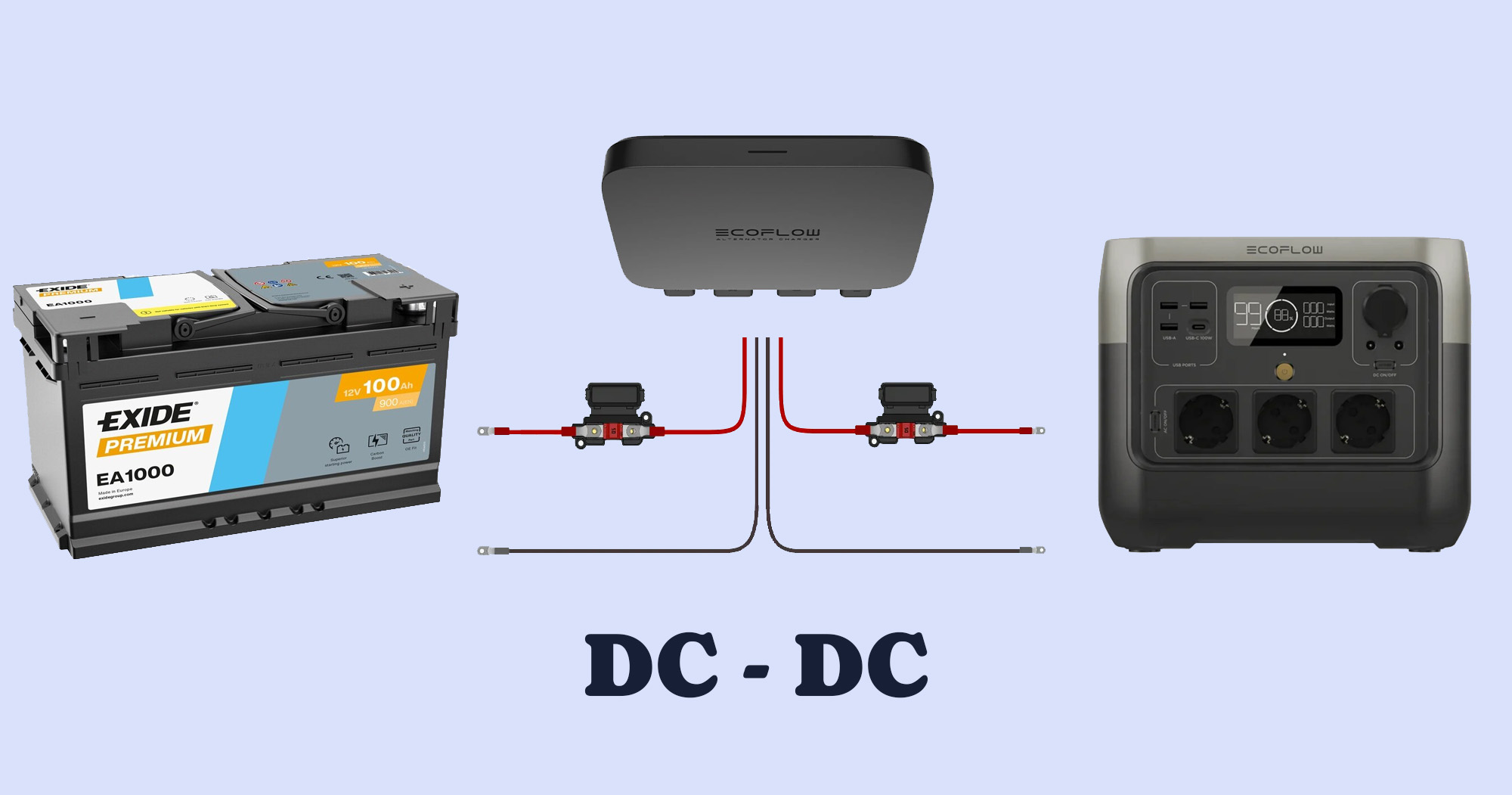
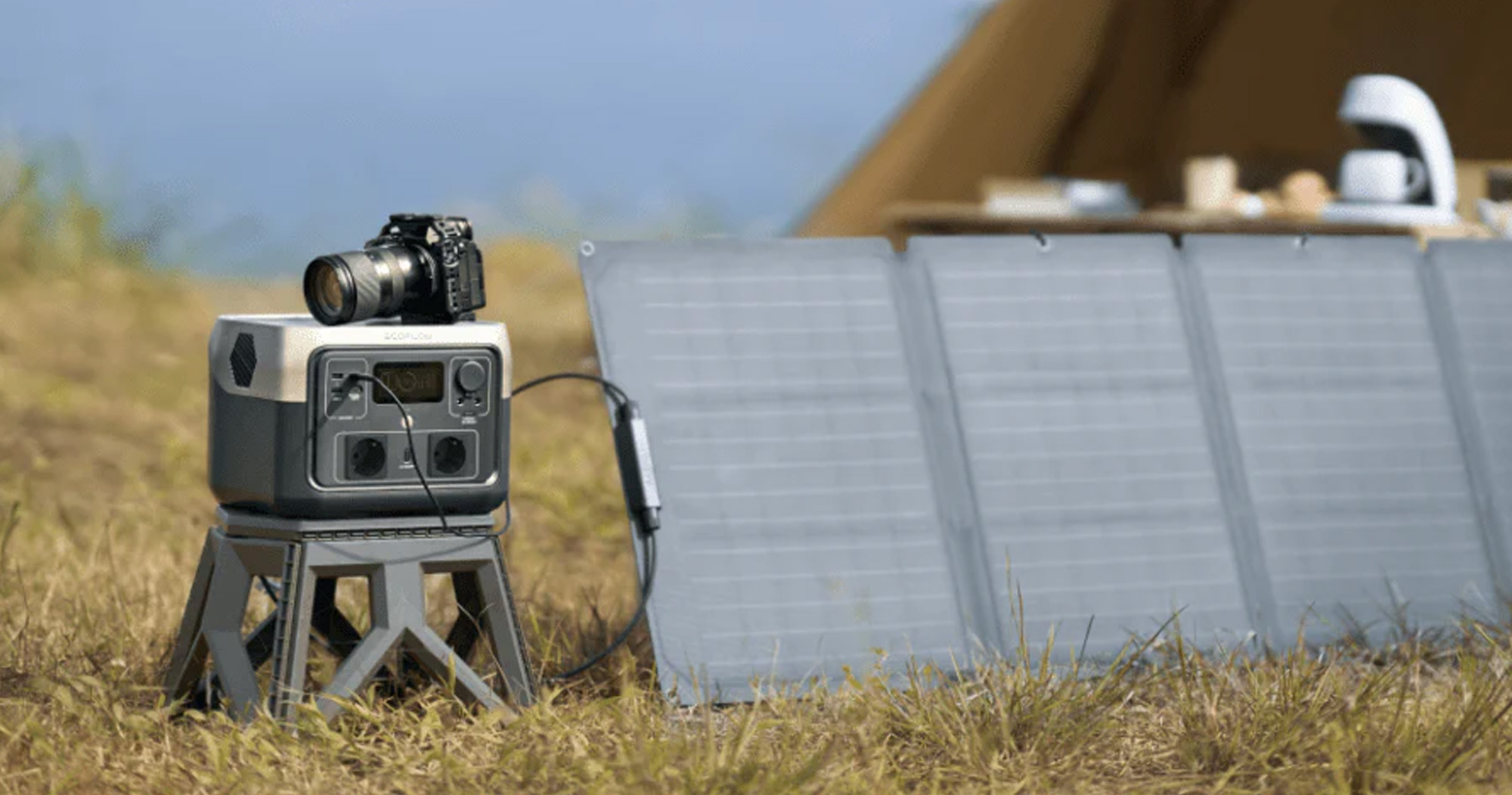
Step 4: Add Solar Freedom
Want something more permanent? Flexible roof-mounted panels give you solar on tap, but you can still keep it simple with tape-on installs instead of drilling into your roof.
Step 5: Put It All Together
The Bottom Line
Power sorted. Now it’s time to chase sunsets. 🌅🚐


